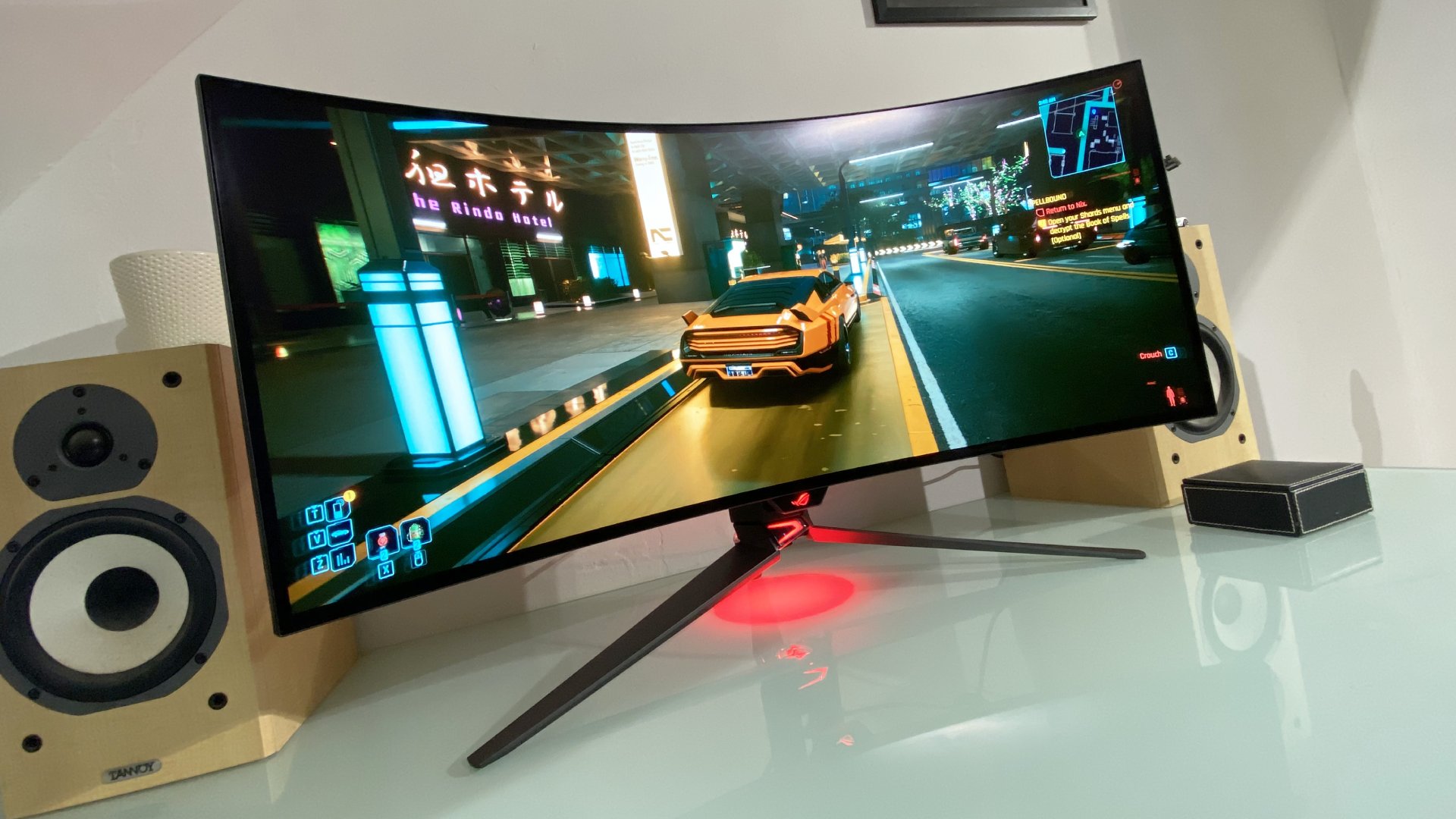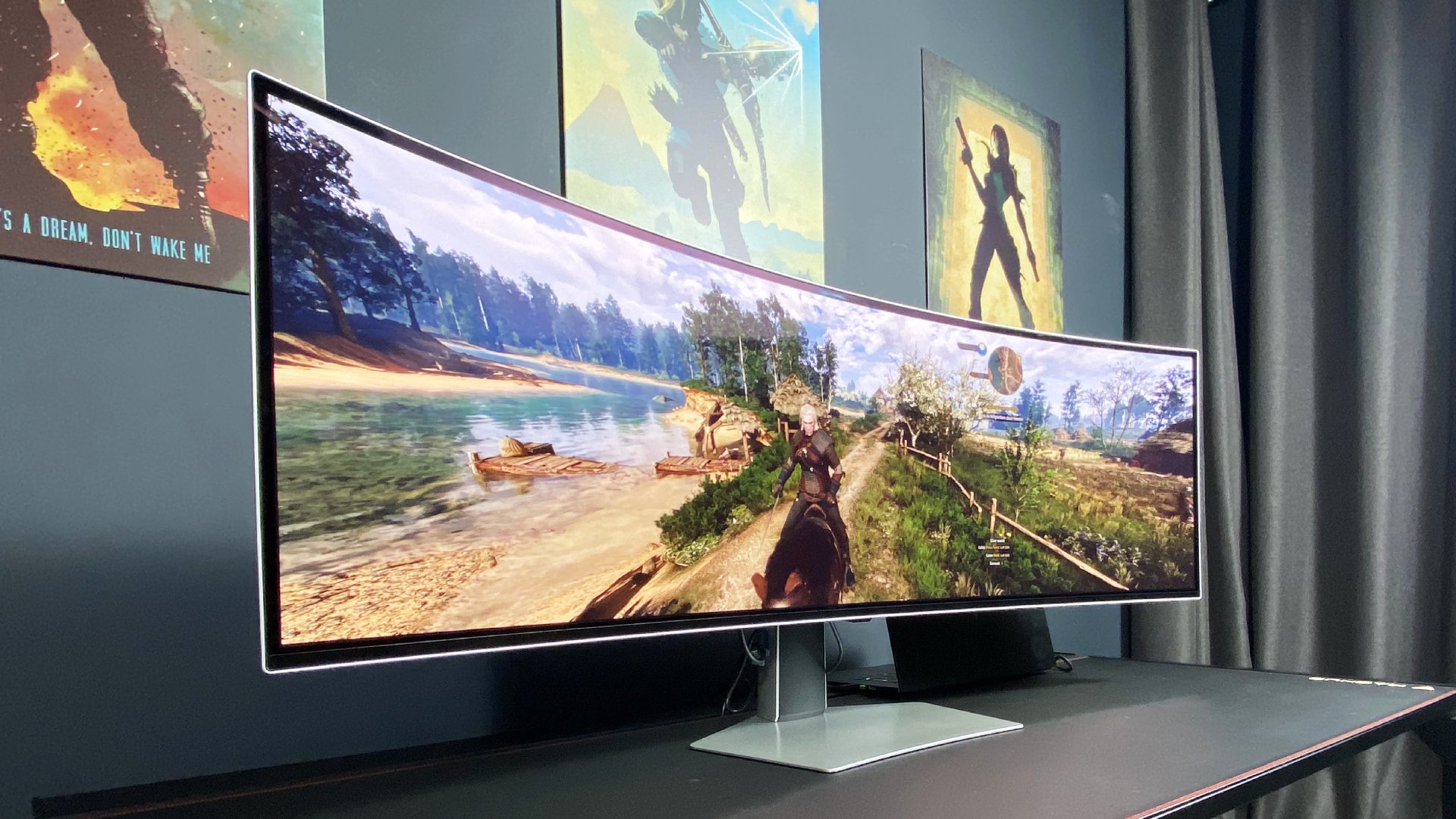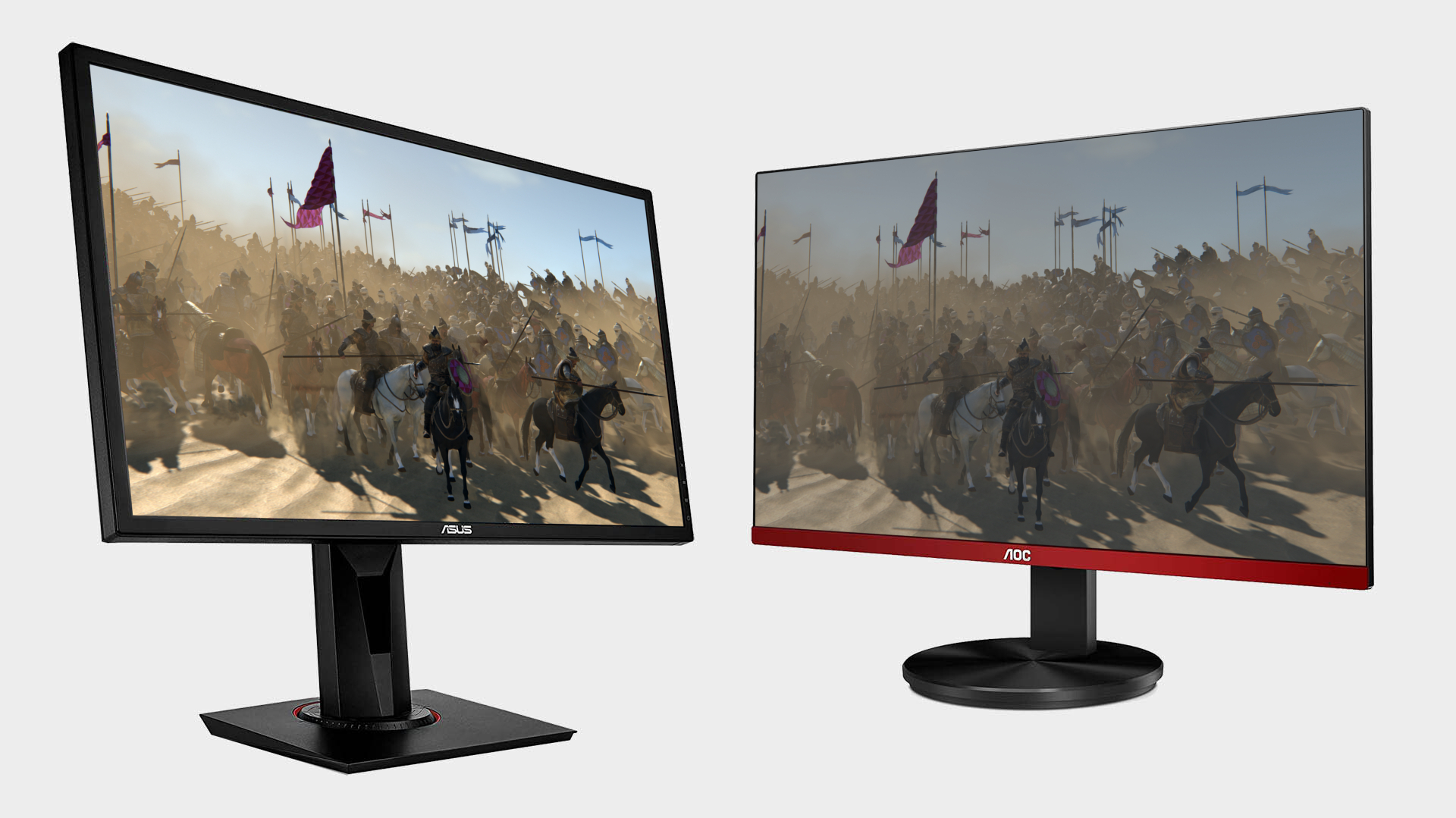
The UK's venerable financial pink paper, the Financial Times, reckons that Samsung and LG have decided to stop fighting each other for OLED display dominance and work together. The reason for this unlikely outbreak of fraternal cooperation? The looming threat from China.
Exactly what this all means for OLED panels in PC monitors is complicated. Hold that thought for a moment. The FT points out [paywall] that China is already well on the way to forcing Samsung and LG out of the LCD display market. Apparently, Samsung closed its last LCD panel factory in China in 2021 while LG is said to be looking to sell its last LCD plant in the China.
Moreover, the FT has data showing that China expanded to owning around 60% of the global market for LCD displays by the first half of last year, with Taiwan next on about 25% and South Korea having shrunk from over 30% in 2018 to around 10%.
For now, South Korea remains dominant in OLED manufacture, but the trend lines are obvious enough. In 2018, China had but a mere few percentage points of the market with the rest almost all owned by South Korea. By the first half of 2023, it had nearly 25% market share, that growth coming entirely at the expense of South Korea. Going by the current trend, you'd expect China to be the dominant player in OLED in about five years.
So, what do we make of all this? There are reasons to worry, for sure. The FT claims that China's strategy has been to massively subsidise its display industry, effectively making huge losses in the pursuit of market share. The idea is that once China owns the market, it can begin to crank pricing up to profitable levels.
That all implies the current display market is artificially skewed and that, eventually, screens could become more costly once China's masterplan is achieved.
Then there's the question of quality. China's OLED panels offer nowhere near the performance of those from LG and Samsung, the FT says, but they are far, far cheaper. We can't comment on that—all of the OLED monitors we have reviewed have been either LG or Samsung based. But in devices like smartphones, it's easy to see how lower cost would help win market share.

The upshot is you could argue that the likely influence of China will be cheaper but worse screens in the short run, followed by an increase in pricing once the competition has been stamped out.
The situation is complicated by the complex symbiotic if not parasitic relationship between China and South Korea when it comes to screen tech. Currently, Samsung sources around 55% of its LCD panels from China. It plans to reduce that dependency, but that can't be done overnight. For now, to an extent South Korea is paying China to cannibalise its own display industry.
Anyway, the FT doesn't provide any details on how Samsung and LG will work together on OLED tech. Currently, the two firms offer their own bespoke take on OLED, with Samsung's QD-OLED panels having certain advantages and weaknesses and LG's WOLED tech likewise.

Best gaming monitor: Pixel-perfect panels for your PC.
Best high refresh rate monitor: Screaming quick.
Best 4K monitor for gaming: When only high-res will do.
Best 4K TV for gaming: Big-screen 4K gaming.
So far, it's felt like LG and Samsung have been pushing each other on to produce ever better OLED screens, to everyone's benefit. Already, we've seen some decent advancements in OLED panel tech, with second-gen OLED PC monitors like Samsung's Odyssey OLED G9 G93SC and the Asus ROG Swift OLED PG34WCDM already offering some clear improvements over first-gen models.
What happens to that dynamic if LG and Samsung are working together to cut costs in order to fend off cheap Chinese panels isn't clear. You could argue it implies the focus will be less on quality and performance. And you might expect at least some technological convergence and therefore less choice and competition.
Then again, maybe the Chinese threat will focus South Korea's efforts to make their OLED panels both better and cheaper and ensure that China doesn't take over? Watch this space.







